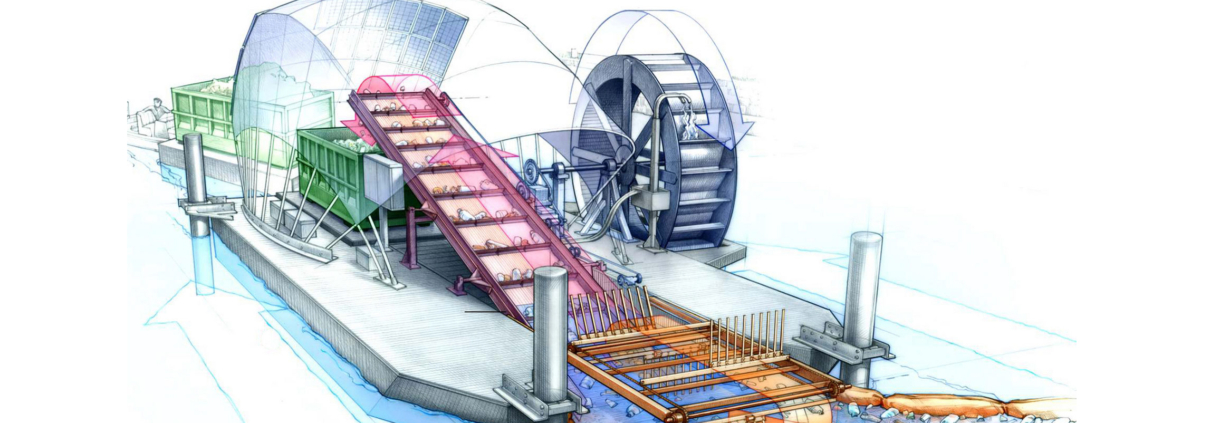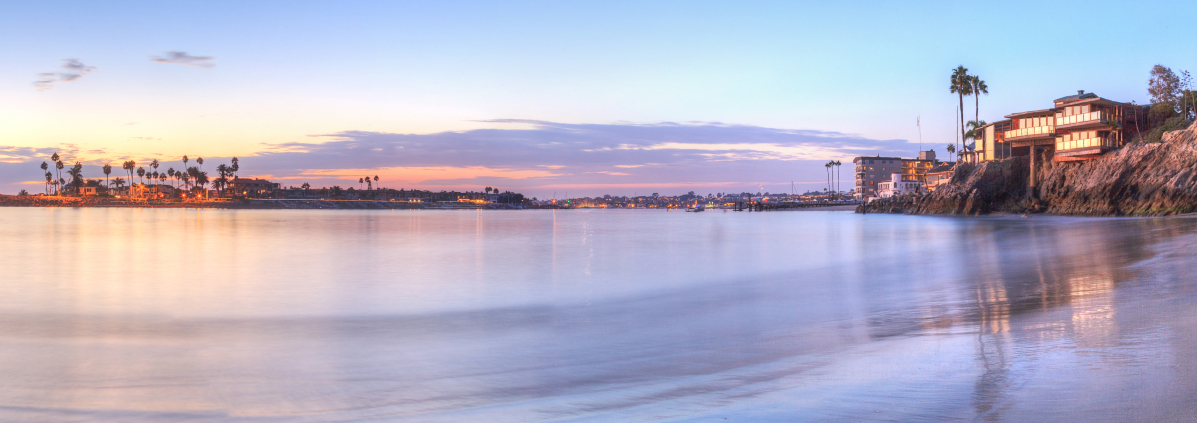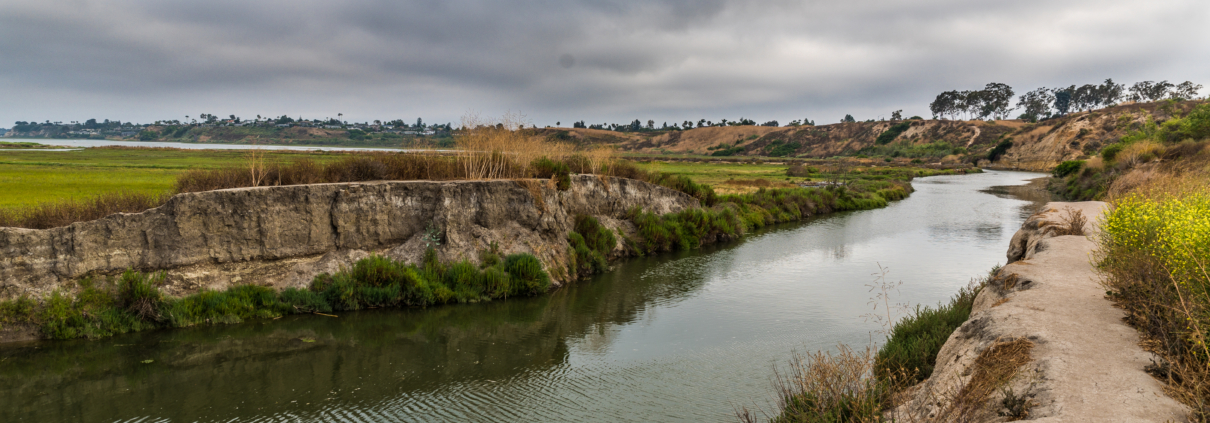The Newport Harbor Dredging & CAD Project
MISSTATEMENTS AND FACTS
To Residents, Yachtsmen and Newport Harbor Users:
The City of Newport Beach has been working with the Army Corps of Engineers for several years on a significant dredging project that will bring Newport Harbor to its authorized design depth which will enhance water quality, allow the bay to properly flush thus eliminating the need to dredge again for many years, remove some unsuitable materials that are lying on the floor of the bay today, and provide for the long term navigability of our harbor.
The Newport Beach City Council certified the Environmental Impact Report (EIR) in May 2021 and directed staff to proceed with securing permits for the project. The EIR is posted on the City’s website here.
The Newport Harbor Foundation has learned that there are a few in the community that are spreading spurious misinformation about the project and the Newport Harbor Foundation believes that it is important that presenting those interested in the dredging project be provided with the facts.
Misstatement: You may have heard or seen a flyer claiming that the City of Newport Beach is going to dump contaminated sludge into the bay.
Fact: The City of Newport Beach will NOT be dumping contaminated sludge into the bay. Quite the contrary. The project will actually be removing some unsuitable material in conjunction with the dredging project. This is material that is already lying on the floor of the bay where it gets stirred up by propwash. The dredging project will provide the City with an opportunity to remove this unsuitable material from the bay floor. This material will be placed in a hole, more commonly known as a Confined Aquatic Disposal facility, “CAD”, and securely covered. The unsuitable material contains up to five parts per million of mercury which, according to the EPA is not harmful to humans but is over the limit for offshore disposal. To put this into perspective, imagine a high school gymnasium filled with 999,995 green ping pong balls and 5 red ping pong balls.
Misstatement: Boat anchors will disturb the cap and allow for unsuitable material to come back into the bay.
Fact: The final cap layer will be 3’ thick. The City has performed modeling on anchors within the area, and this modeling has shown that an anchor would not penetrate deep within the cap layer from vessels using/visiting Newport Harbor. As committed in the City’s final site monitoring plan, the City will monitor the surface of the overlying cap layer to ensure it is functioning properly – a common technique.
Misstatement: The engineering firm that designed the CAD is the only firm that can perform the required inspections and, as such, they stand to profit at the City’s expense.
Fact: The City maintains a suite of on-call engineering firms and goes through a qualified bidding process. Any reputable, qualified engineering firm, including the firm retained by those spreading the misinformation, could perform the inspections.
Misstatement: The area of the bay where the CAD is located can never be dredged again.
Fact: The finish elevation of the CAD will be deeper than current conditions and will equal the same depth as the main navigation channel of 20’ (or greater). The City is planning for the future harbor needs. In addition, the dredging will allow the bay to flush much more efficiently thus significantly enhancing the water quality and significantly reducing the need to dredge in the future.
Misstatement: The CAD in Newport Harbor will be the first in a recreational harbor.
Fact: CAD’s are being successfully used in large commercial harbors in California, including Los Angeles, Long Beach and Port Hueneme where naval vessels and large container vessels weighing several hundred thousand tons traverse them on a daily basis without a failure. If CADs can stand up to this type of ship traffic they can stand up to recreational vessel traffic. Nationally, the New Bedford CAD – designed and implemented by EPA – is located within a small recreational harbor adjacent to residents – similar to Newport Harbor.
Misstatement: The pluming caused by digging up the toxic materials and then placing them in the CAD will spread throughout the bay and the fish and wildlife will carry it even further.
Fact: The materials in the harbor are NOT toxic as scientifically defined by the regulatory agencies including the EPA, Water Board, Coastal Commission, Corps of Engineers and others. These unsuitable materials are already in the bay. Incorporating best management practices when dredging and depositing the materials into the CAD will mitigate sediment from landing outside the footprint and will be continuously monitored during construction.
Misstatement: Once the contaminated material goes in the CAD it stays toxic forever but when moved offshore or on land and mitigated the issue is over as it is no longer toxic.
Fact: Whether deposited offshore or deposited on land the material continues to be unsuitable. The EPA will not allow the unsuitable material to be deposited offshore and the cost to remove it from the bay, dry it and transport it to a land based disposal site is prohibitive and not the least environmentally damaging alternative. The choices are to leave the unsuitable material on the floor of the bay where it will get churned up by propwash or remove it from the floor of the bay, seal it in the CAD which is monitored to insure it is safe, and significantly enhance the water quality in Newport Harbor.
Misstatement: The Newport Harbor Yacht Club mooring field will be removed while the CAD is being created.
Fact: The Newport Harbor Yacht Club mooring field will be removed while that particular mooring area will be dredged just as it was in 2012 whether or not the CAD is created. The dredging of this area should only take 1-3 months and the mooring field will be replaced.
Misstatement: The anchorage will be removed and unavailable for use and there will be no place to anchor in Newport Harbor.
Fact: The City of Newport Beach has created an anchorage at the west end of the harbor in the turning basin area which is approximately the same size as the current anchorage.
Fact: If the CAD is not created in conjunction with the dredging project, the unsuitable materials will remain on the floor of the bay most likely forever. The cost to dredge the unsuitable material, dry it, and transport it to a land based disposal site is absolutely cost prohibitive. The CAD is the only safe and economic way to rid the bay of these unsuitable materials.
Based on all of the studies that have been conducted and the Certified Environmental Impact Report, the Newport Harbor Foundation fully supports the dredging project and CAD and asks the bay area residents, yachtsmen and harbor users to advise the City of Newport Beach and the California Coastal Commission of their support.
The Newport Harbor Foundation was created for the purpose of preserving, protecting and enhancing Newport Harbor for the benefit of the City of Newport Beach, the homeowners on or near the bay, the commercial operators in the bay, and the recreational users of the bay. The Foundation’s founders, contributors, and members are made up of individuals and businesses who have a long history of using and enjoying the harbor and a vested interest in its enhancement and preservation for use by current and future generations.





Leave a Reply
Want to join the discussion?Feel free to contribute!